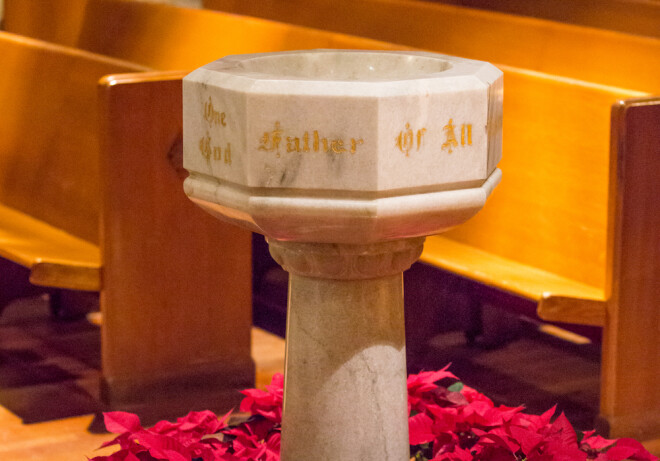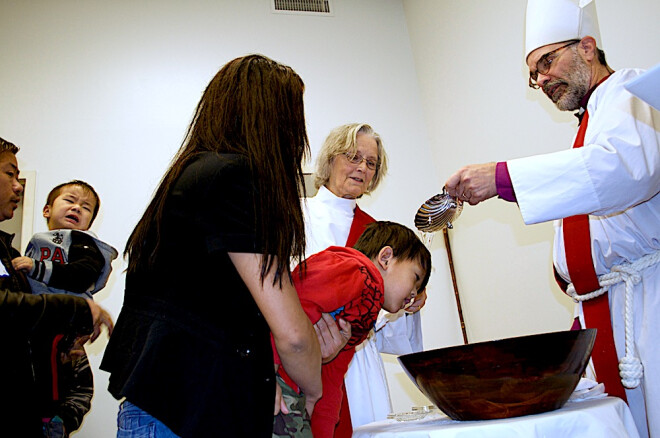Seeing Ourselves as an Anthropologist Would See Us: Baptism

The point of human sciences is to get purchase on ourselves, to see ourselves anew by comparison with others whom we think are so very different. Take for example the idea of a ‘rite of passage.’ Anthropologists (van Gennep, Turner) studied how tribes make their young into adults and so full members of their society. The adolescent initiates are separated. They are taught what it means to be a member, where they come from, how to behave. They undergo trials. They return and undergo a ceremony of initiation. They take up full responsibility as adult members of the tribe. When we were in east Africa we would see young men along the side of the road in the summer, their bodies painted white, running. They were soon to be circumcised. We in our own culture have vestiges of initiatory rites- the isolation of the bride from the groom before the wedding, the Quinceanera. We also have some that we may count as less than effective- getting your driver's license, going off to college.
Baptism is, from the social science point of view, a rite of passage. The age group, 13-year-olds in Anglican history, were about to become adults in medieval English society. The idea is to separate, try, teach, restore, and include them. We can see this yet more clearly if we go further back in our history and look at catechesis (i.e. teaching) and baptism in the early Church. Those attracted to the faith were scrutinized as to their moral lives, required to do good works, catechized, sent out of the Eucharist at the offertory, and in the Lenten period before their baptism, exorcised and interceded for. Finally at the Vigil they foreswore the Devil, confessed the Creed, were washed, and received communion (sometimes accompanied charmingly by milk and honey as a sign of entering the promised land). And because they had entered a new life, they needed further instruction, called ‘mystagogy,’ being led into the sacramental mysteries.
If you look at the baptismal service, you can see all these elements still present. The one to be baptized renounces Satan and accepts Christ as Lord. The Creed is recited. He or she is prayed over. They are washed, anointed, welcomed, and now receive communion. Spiritual separation and adherence can be mapped still in our service.
But if you are wondering whether what we do today measures up to the early Church model, you are on the right track. For while we need something that serious and dramatic, for our culture too is quite different from the Christian walk too, it is hard to say that we offer anything that would befit a radical shift of life and thought, a real ‘conversion, that is, a turning around. But first there are historical factors we must take into account.
Go through the baptismal service for elements of a ‘rite of passage.’ Discuss what a full ‘rite of passage’ into the Christian faith would require in our culture.



